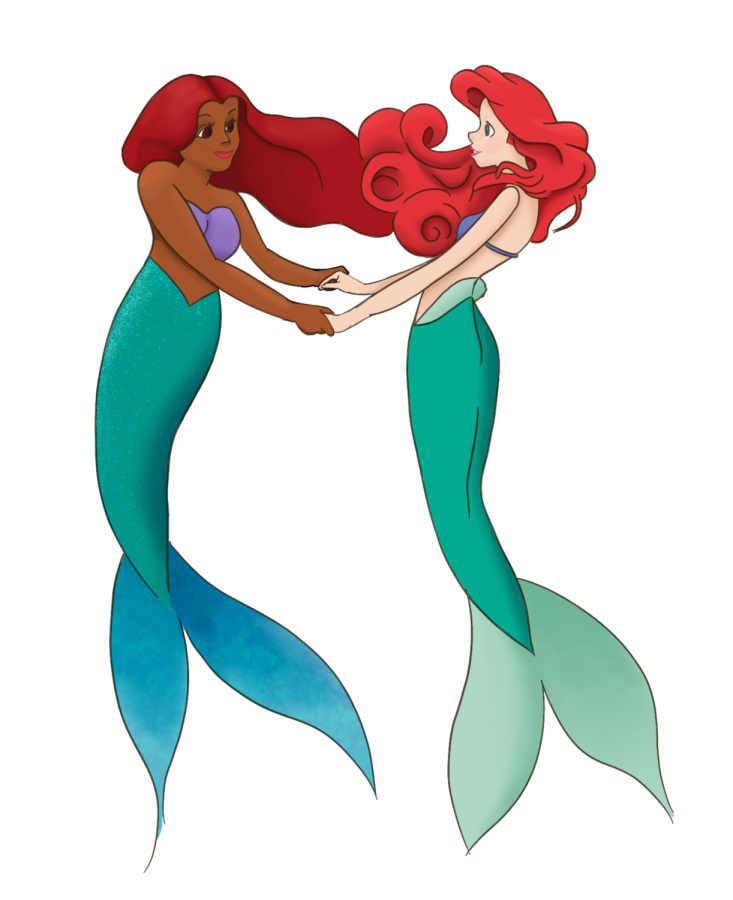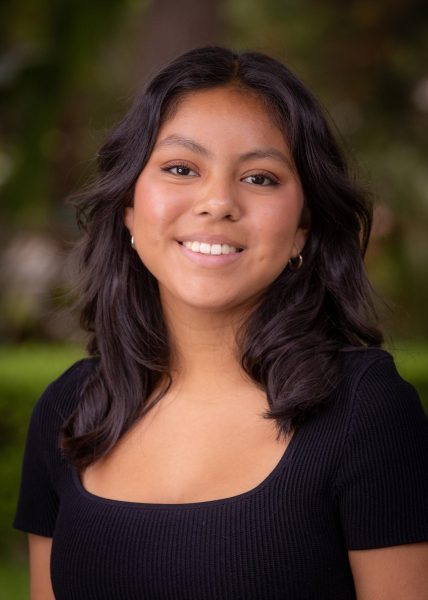Representation within Disney
Although Disney has always struggled with inclusivity, the 21st century has brought change to the world-renowned franchise, which is evident in the casting of Ariel in “The Little Mermaid.”
December 20, 2022
Mommy!… She’s brown like me!” Maya–daughter of popular TikToker Nicky–said as she caught the first glimpse of “The Little Mermaid” (2023). This sentiment was echoed throughout the country as young African American girls saw Halle Bailey playing the beloved Little Mermaid. This moment was revolutionary for many young girls whose Disney idols didn’t represent them.
No one, not even Disney, can deny its history of racism and discrimination against people of color. When Disney+ launched in 2019, they released a statement addressing the racism in their “classic” films, saying, “We can’t change the past, but we can acknowledge it, learn from it, and move forward together.”
In the 2010s, Disney became determined to shed its discriminatory reputation.
Since then, they have released movies representing cultures from all over the world.
Despite this, discrimination is still a hanging presence in Disney, especially in the Disney Princess brand.
Even in the 21st century, only 5 of the 12 Disney princesses represent minority cultures.
And, of course, so many ask why it is important that Disney represents different cultures in its movies.
Disney is undoubtedly a significant part of kids’ everyday lives, with about 50% of household families in America subscribed to the streaming service, according to Variety magazine.
Children gain so much social knowledge from these movies that the University of Houston urged parents to use Disney movies to help their child’s development.
DEI coordinator Ursula Chan spoke about why it is important for children to be exposed to diversity.
“When [kids] only have narrow representations of themselves–or no representation of themselves that can negatively affect how they identify themselves.”
America saw how this impacts young children with the release of the first trailer from “The Little Mermaid.” Halle Bailey, a 22-year-old African American actress, and musician, portrays Ariel.
After the trailer’s release, videos flooded the popular social media platform Tik Tok of young girls reacting to the trailer. Their innocent gasps of joy at seeing someone who looked
like them represent Ariel were heard worldwide.
However, this casting option met with resistance. Comments proclaiming that Ariel should be played by an actress with fair skin punctured the bubble of joy these young girls had created.
Halle Bailey responded directly to this backlash, saying she was proud to represent Ariel because she knew its effect on young viewers.
She called back onto her own experience, saying in an interview with Variety, “I want the little girl in me and the little girls just like me who are watching to know that they’re special and that they should be a princess in every single way. There’s no reason that they shouldn’t be.”
Ariel’s story is intended to be universal, but due to Disney’s limited views, many girls of different ethnicities could not relate to her. The only princess Chan could relate to was “Mulan,” although “The Little Mermaid” had been out by that time.
By presenting the world with a fair-skinned and bronze-skinned Ariel, Disney shows that the story surpasses appearance, and anyone can associate with the character. Josh D’Armano himself said that “[The company] will never stop working to make sure Disney is a welcoming place for all.”



































